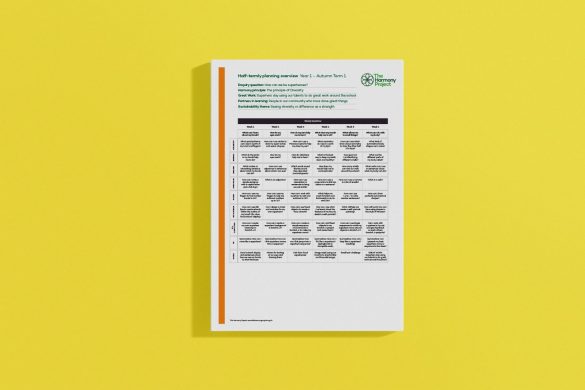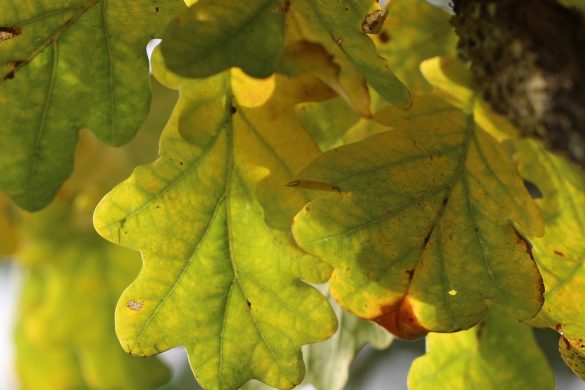Medium-term plan: Which is my favourite wildflower and why?

In this enquiry of learning, students learn how to identify wildflowers native to the UK and find out why they are so important in a healthy ecosystem
How many wildflowers can you name? How many do you think your students could name? The learning enquiry set out in this medium-term planning, linked to the principle of the Cycle, allows you and your students to become experts in identifying wildflowers native to the UK and to explore why wildflowers are so important to pollinators, playing a crucial role in maintaining healthy, resilient ecosystems.
The learning in this medium-term planning is celebrated through a Great Work that sees students sow wildflower meadows. Depending on the grounds of your school, space could be cleared for this around the edges of the school field, in flowerbeds or containers – seeds can even be sown in pots to take home if space it tight. This allows young people not only to learn about the importance of protecting our remaining biodiversity, but also to find ways of enhancing it.
Wildflower meadows are magical, especially when bees and butterflies are buzzing over them. In the autumn, students can be involved in collecting some of the wildflower seed heads and gathering and storing seeds ready to sow the following year. This is a great way for the students to learn how a cyclical system works.
The Science content in this medium-term plan links to National Curriculum objectives relating to flowering plants and the conditions they need to thrive. This knowledge of how wildflowers and other flowering plants grow can be applied in IT & Computing to creating a wildflower animations. There are opportunities in Geography to produce sketch maps using aerial photos of the school grounds for support, and to record on them the best places to sow wildflower meadows in preparation for the Great Work.
This enquiry links to Sustainable Development Goal (SDG) 15 Life on Land.



